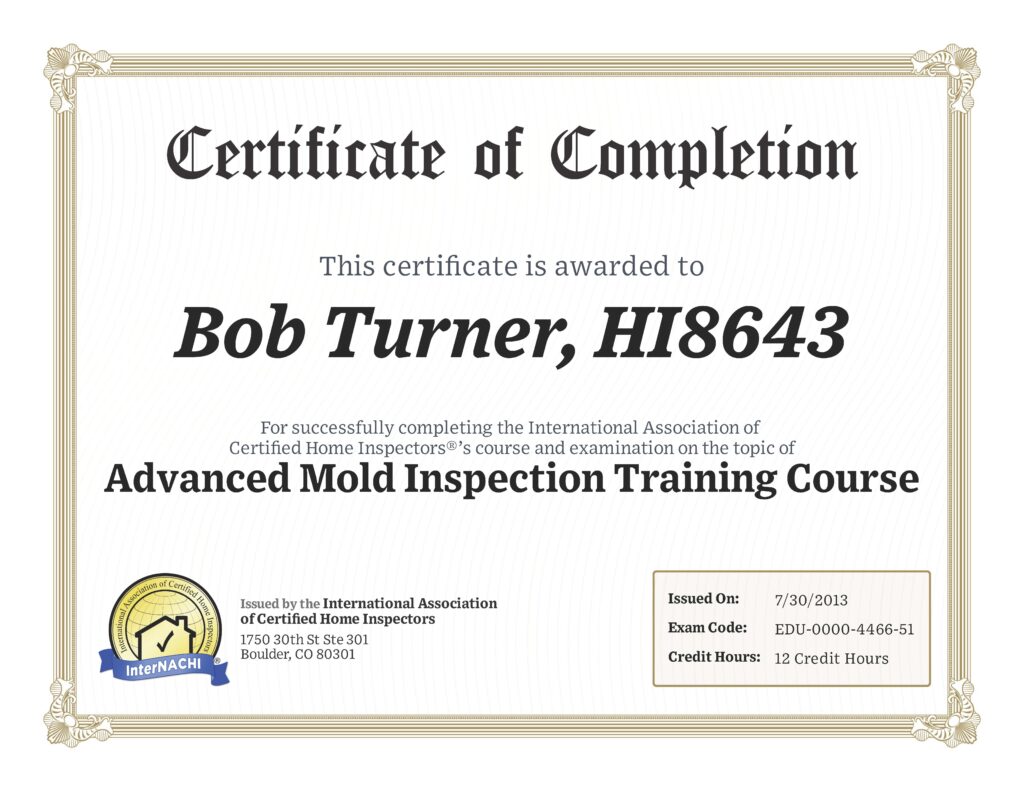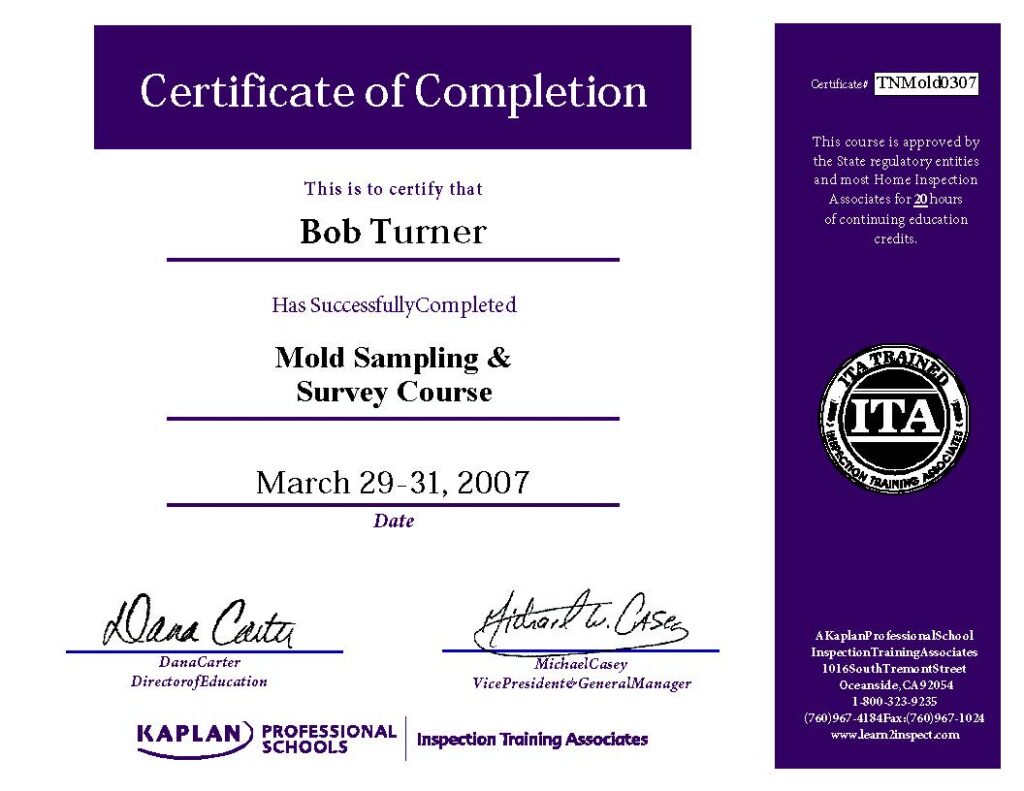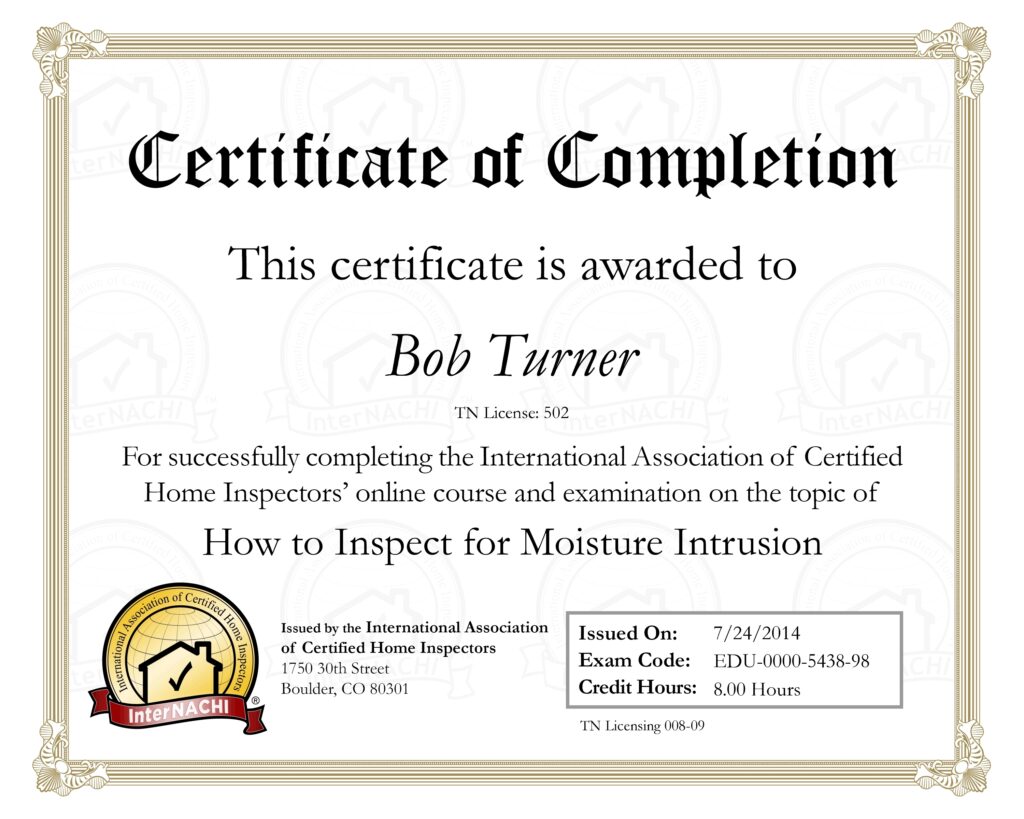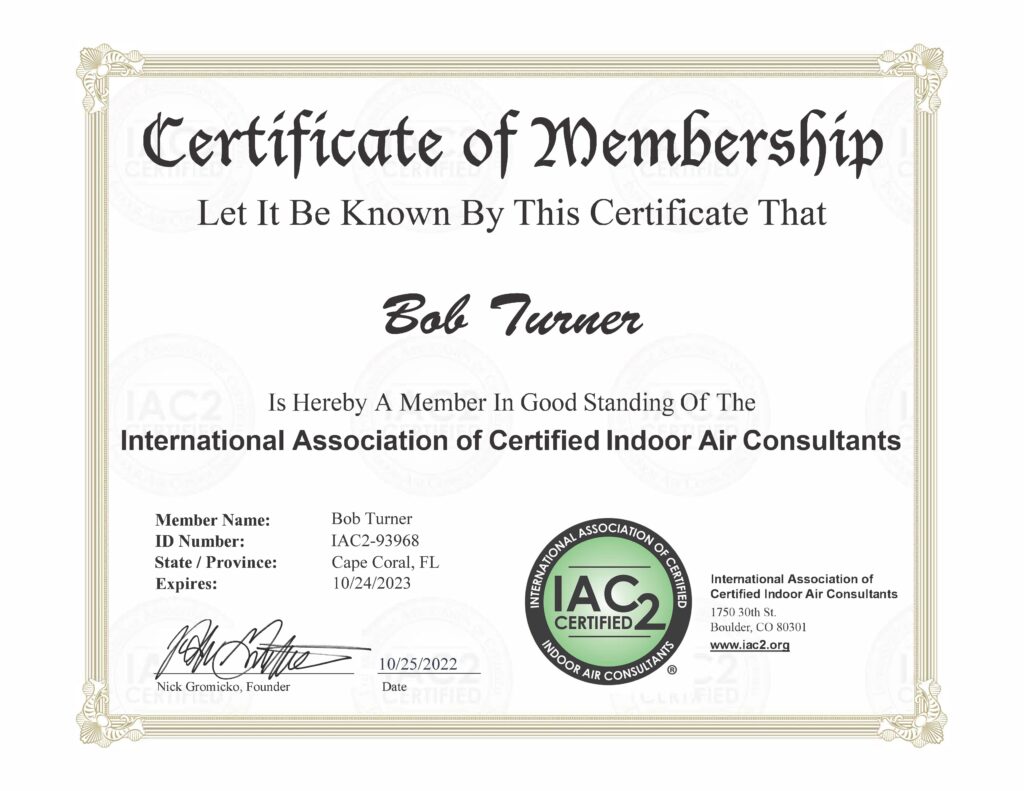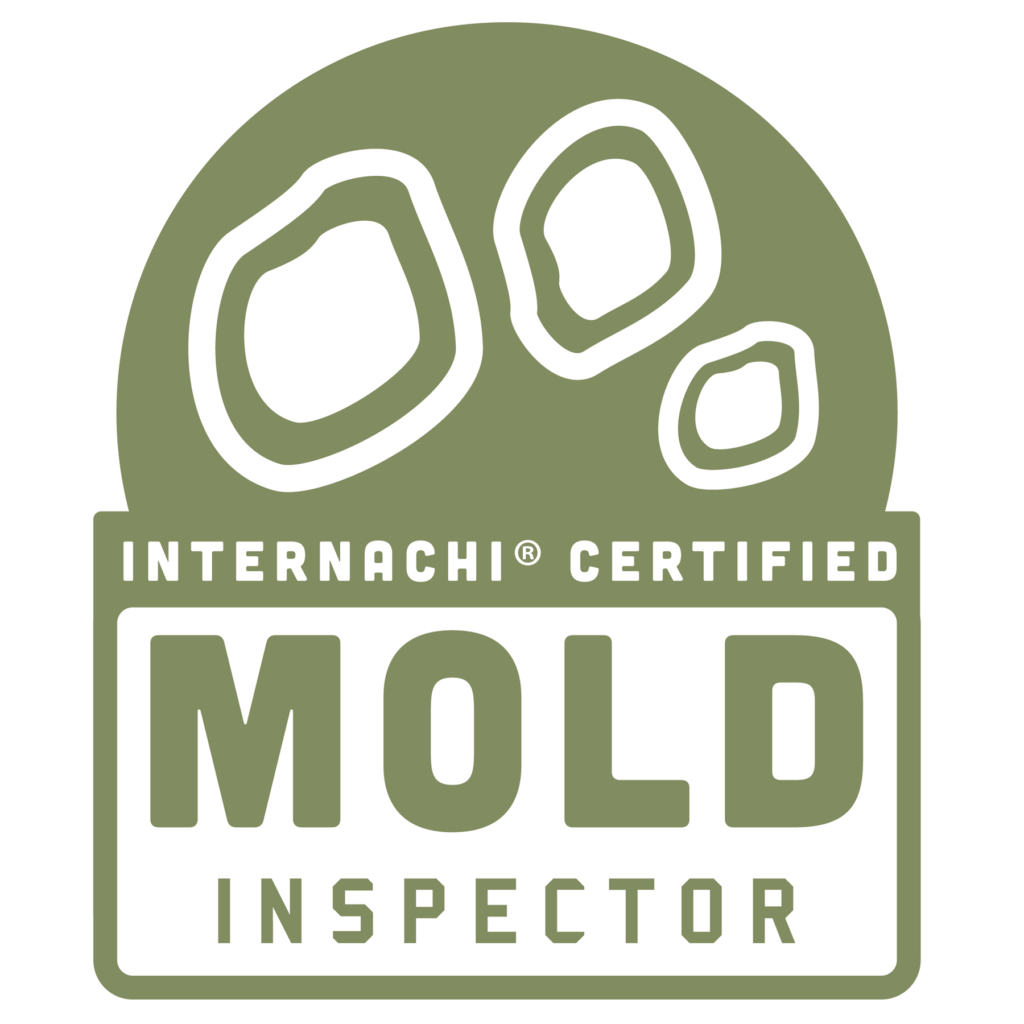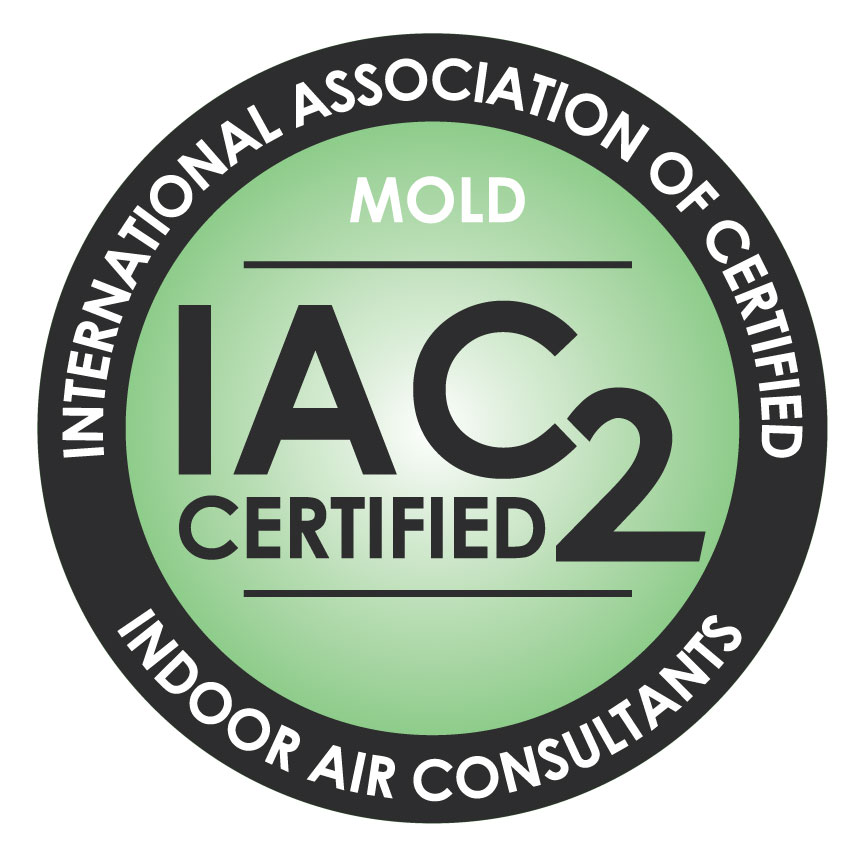Mold Inspections & Mold Testing
Are you concerned with moisture intrusion or mold? Do you need a thorough moisture intrusion inspection, mold inspection & testing? You’ve come to the right place!
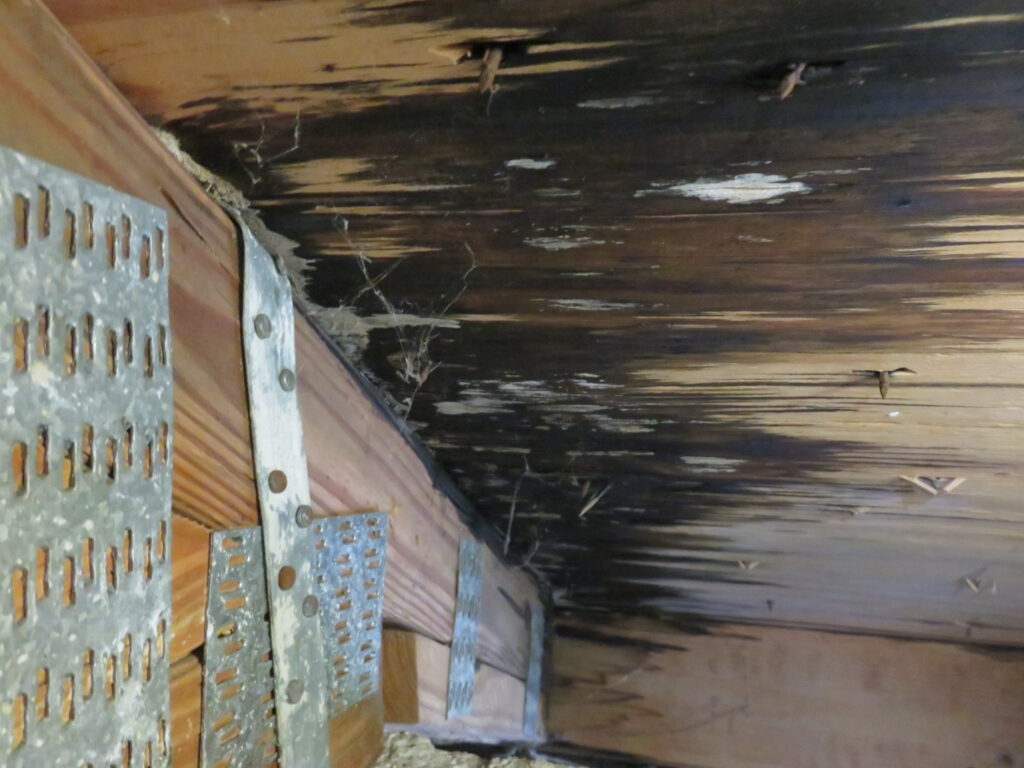

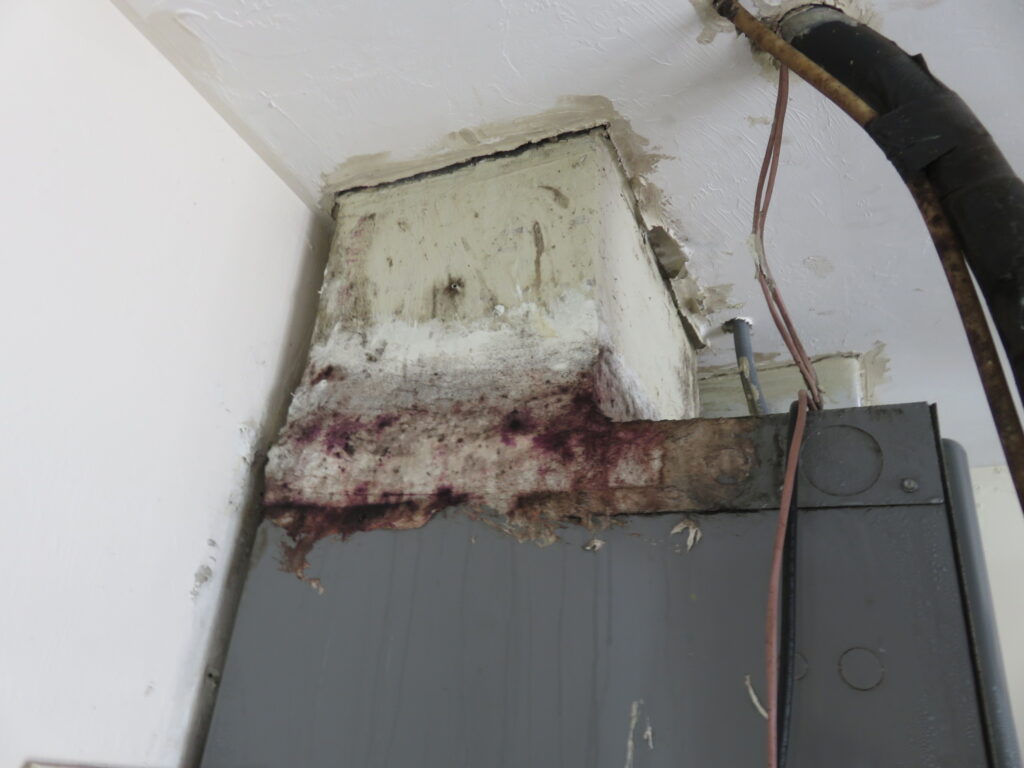
In addition to thorough home inspections, I also offer moisture intrusion inspections, mold inspections and mold testing. Moisture intrusion inspections along with the with the aid of moisture meters and thermal imaging (infrared) cameras can help identify moisture concerns. When needed, suspected areas will be tested for the presence of mold with indoor air quality samples, swab samples and/or bio-tape samples. The collected mold samples are then sent to an accredited lab for analysis and a full report. Moisture intrusion inspections are just one of the services Hidden Hazard® Home Inspection Service, LLC provides in Cape Coral and throughout all of SWFL. Please call (239) 322-0836 for more information.
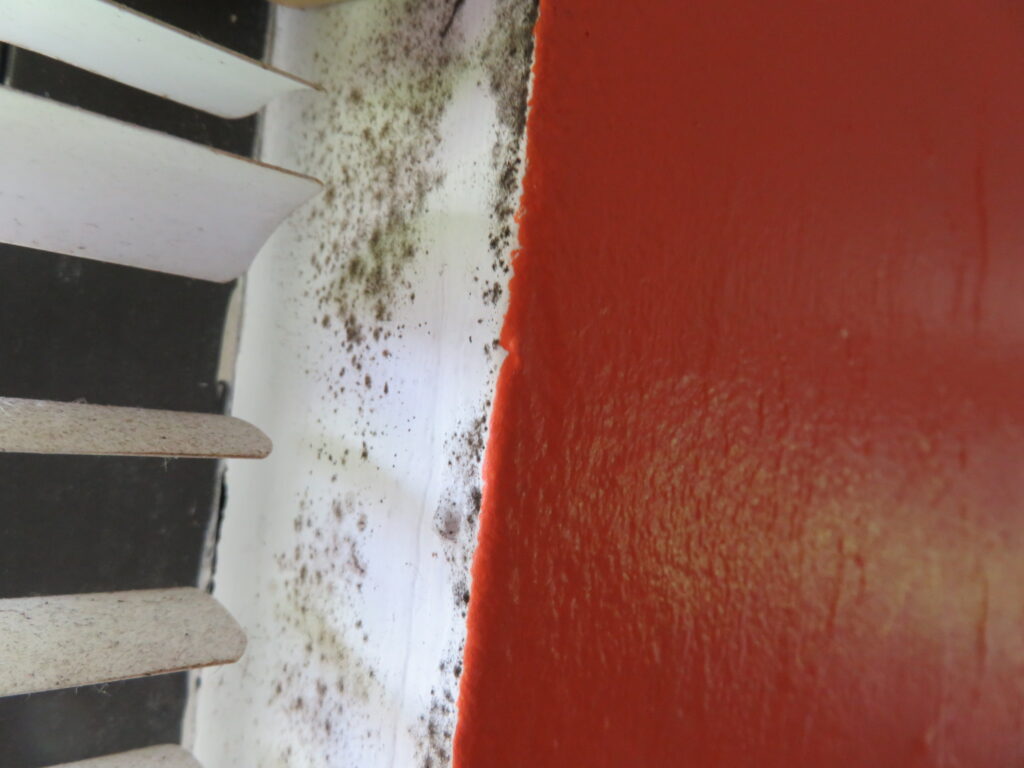
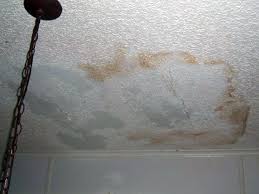


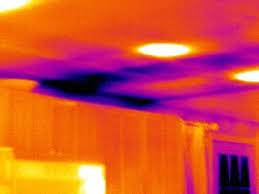
What are molds?
Mold inspections & testing can help identify indoor air quality concerns. With more than 100,000 species in the world, it is no wonder molds can be found everywhere. Neither animal or plant, molds are microscopic organisms that produce enzymes to digest organic matter and spores to reproduce. These organisms are part of the fungi kingdom, a realm shared with mushrooms, yeast, and mildews. In nature, mold plays a key role in the decomposition of leaves, wood, and other plant debris. Without mold, we would find ourselves wading neck-deep in dead plant matter. And we wouldn’t have great foods and medicines, such as cheese and penicillin. However, problems arise when mold starts digesting organic materials we don’t want them to, like our homes.
How do molds grow in my home?
Once mold spores settle in your home, they need moisture to begin growing and digesting whatever they are growing on. There are molds that can grow on wood, ceiling tiles, wallpaper, paints, carpet, sheet rock, and insulation. When excess moisture or water builds up in your home from say, a leaky roof, high humidity, or flooding, conditions are often ideal for molds. Longstanding moisture or high humidity conditions and mold growth go together. Realistically, there is no way to rid all mold and mold spores from your home; the way to control mold growth is to control moisture. Mold inspections & testing can help identify indoor air quality concerns.
How can I be exposed to mold?
When molds are disturbed, their spores may be released into the air. You then can be exposed to the spores through the air you breathe. Also, if you directly handle moldy materials, you can be exposed to mold and mold spores through contact with your skin. Eating moldy foods or hand-to-mouth contact after handling moldy materials is yet another way you may be exposed.
How can molds affect my health?
Generally, the majority of common molds are not a concern to someone who is healthy. However if you have allergies or asthma, you may be sensitive to molds. You may experience skin rash, running nose, eye irritation, cough, congestion, and aggravation of asthma. Also if you have an immune suppression or underlying lung disease, you may be at increased risk for infections from molds. Mold inspections & testing can help identify indoor air quality concerns.
When necessary, some resourceful molds produce toxins in defense against other molds and bacteria called mycotoxins. Depending on exposure level, these mycotoxins may cause toxic effects in people, also. Fatigue, nausea, headaches, and respiratory and eye irritation are some symptoms that may be experienced from exposure to mycotoxins. If you or your family members have health problems that you suspect are caused by exposure to mold, you should consult with your physician.
How do I know if I have a mold problem?
You may have seen white thread-like growths or clusters of small black specks along your walls or ceiling, or smelled a “musty” odor. Seeing and smelling mold is a good indication that you have a mold problem. However, you cannot always rely upon your senses to locate molds. Hidden mold can be growing behind wall coverings or ceiling tiles. Mold inspections & testing can help identify indoor air quality concerns.
Common places to find mold are in areas where water has damaged building materials and furnishings perhaps from flooding, roof leaks or plumbing leaks. Mold can also be found growing along walls where warm moist air condenses on cooler wall surfaces, such as inside cold exterior walls, behind dressers, headboards, and in closets where articles are stored against walls. Rooms with both high water usage and humidity, such as kitchens, bathrooms, laundry rooms, and basements are often havens for mold. If you notice mold or know of water damaged areas in your home, it is time to take action to control its growth.
How can I control mold growth in my home?
Fix any moisture problems in your home:
Stop all water leaks first. Repair leaking roofs and plumbing fixtures. Move water away from concrete slabs and basement walls.
Increase air circulation within your home, especially along the inside of exterior walls, and ventilate with fresh air from outside. Provide warm air to all areas of the home. Move large objects away from the inside of exterior walls just a few inches to provide good air circulation.
Install and use exhaust fans in bathrooms, kitchens, and laundry rooms.
Ventilate and insulate attic and crawl spaces. Cover earth floors in crawl spaces with heavy plastic.
Clean and dry water damaged carpets, clothing, bedding, and upholstered furniture within 24 to 48 hours, or consider removing and replacing damaged furnishings.
Vacuum and clean your home regularly.
Moisture Intrusion Inspection, Mold Inspection and Mold Testing Certifications:


